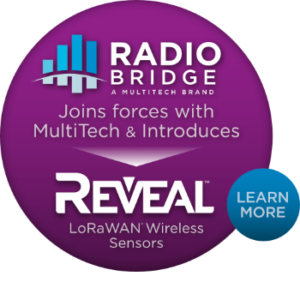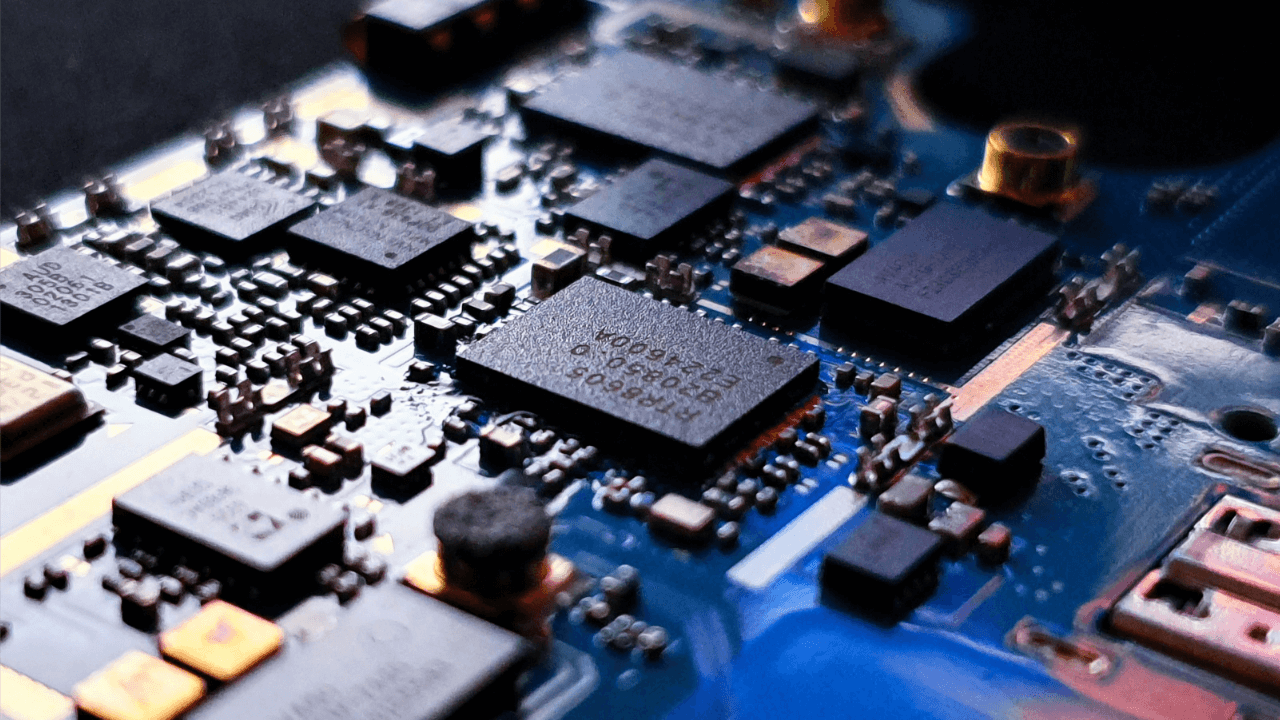
LoRa® (“long range”) is one of today’s leading LPWAN® standards for supporting wireless sensors.
Using LoRa, organizations can link thousands of internet-enabled devices together and launch next-gen Internet of Things (IoT) applications that transform lives and processes forever. Smart cities, smart homes, smart agriculture — these are a few examples of emerging sectors that exist because of wireless sensors and long-range networks, such as LoRa.
LoRa serves as the foundation for LoRaWAN, a publicly available layer specification that is known for its excellent link margins, bandwidth capacity, and long-range capabilities.
LoRaWAN uses a proprietary modulation scheme called chirp spread spectrum, which enables devices to communicate through noisy environments and large areas. Networks relay information from sensors through gateways and servers.
Deploying an effective LoRaWAN network requires the right set of hardware. One component that is especially important in wireless networks is the end device.
In this article, we dig into LoRaWAN end devices and address the following questions:
- What is an end device?
- What are the different types of end devices?
- What design features are important for end devices?
What is an End Device?
In the world of telecommunications, end devices are nodes that connect via wireless link to a network. End devices can generate, receive, and send information over wireless networks to other end devices or other types of network components.
In LoRaWAN networks, end devices are used to support IoT applications that require LPWAN capabilities. Information must be able to travel long distances between devices without consuming much power.
When these conditions are true, end devices can be deployed for many purposes. Network developers may want end devices to collect data on air quality and perform temperature readings at set intervals throughout the day. Or, they might want to study groundwater levels and need end devices that can detect the presence of water. In urban areas, end devices might function as security devices for large buildings or as PERS buttons for healthcare institutions.
End devices can take on many forms depending on the specific objective of the network developer.
What are the Different Types of End Devices?
There are two primary types of LoRaWAN end devices. These devices must be able to communicate with LoRaWAN gateways and other LoRaWAN nodes.
Wireless sensors
Wireless sensors are one of the most commonly used end devices in today’s IoT networks. They are small devices that can be configured to measure a variety of variables, from humidity levels to open/close events.
Sensors share data with other network components, such as gateways, base stations, and servers, for further processing. These devices consume very little power as they transmit tiny data packets and do not synthesize information natively.
Because of their low energy demands and ability to transmit information over long distances, wireless sensors are ideal for IoT applications that deal in very small data payloads.
Actuators
End devices can also be actuators, which are devices that take communication signals and convert them into mechanical action. Examples of actuators include electric car door locks, electric motors, and comb drives.
Actuators are used to control mechanisms or cause changes in systems using a relatively low amount of energy. Control signals for actuators can take various forms, from electric voltage to hydraulic pressure.
As end devices in wireless sensor networks, actuators can easily take data inputs from surrounding environments and cause a mechanical response in another piece of equipment. Actuators can be valuable in LoRaWAN applications involving industrial activity and processes.
In LoRaWAN networks, actuators must be Class C devices, which means they can receive data inputs at anytime. Class C actuators are always on, whereas Class A devices (i.e. wireless sensors) must “wake up” in order to send an uplink before they can receive data.
The Importance of Configurability
There are endless possibilities when it comes to deploying wireless devices for LoRaWAN-enabled applications. Regardless of the specific type of device used, network developers need sensors and actuators that are highly configurable.
Standardization can be challenging with so many types of devices and networks in the marketplace today. Be sure to confirm the configurability of your end devices so that you can build out networks that achieve the desired results. Additionally, use devices that are easy to configure once they are already in the field.
All Radio Bridge, a MultiTech brand, devices are configurable through downlinks, which means that teams can efficiently update their devices through online portals. For large networks with hundreds or thousands of devices, remote configurability is a necessity.
What Design Features are Important for End Devices?
LoRaWAN networks enable wireless connectivity across many sensors simultaneously.
As a result, production-grade end devices must follow these design principles:
- Long-range transmission
- Extended battery life
- Low cost
LoRaWAN networks are known for their long-range capabilities and effectiveness at transmitting signals through noisy, urban environments. To truly optimize LoRaWAN networks, end devices must be able to transmit data packets over long distances to gateways. With long-range end devices, developers can build expansive networks that collect information or automate processes over vast areas.
End devices must also have long battery lives to justify the investment required to build and support LoRaWAN networks. Otherwise, developers will spend significant time and money replacing batteries for numerous devices every year. End devices must be able to survive years on a single charge to unlock the full value of the IoT.
It is also vital for end devices to fulfill the previous two criteria at a low cost. Keeping expenses down is much easier when IoT networks process as much data as possible in the cloud. Network designers should minimize payload sizes so that their end devices do not need to be complex or consume much power.
Find the Right LoRaWAN End Device with Radio Bridge
At Radio Bridge, we design and manufacture a variety of low-cost wireless sensors for IoT applications. Our sensors are optimized for LoRaWAN as they can transmit data over several miles and operate for years on a single battery.
Network developers can find many types of wireless end devices in Radio Bridge’s catalog, including wireless push buttons, temperature sensors, accelerometers, and water sensors. Our sensors can also communicate with most industry-standard LoRaWAN gateways and network servers.
With our web-based device management console, you can provision, monitor, and configure sensors for your LoRaWAN network. End devices added through our console will automatically activate in your network without having to engage with LoRaWAN at all.
On the monitoring front, our console will decode uplink messages from your sensors and push information to the appropriate applications. Sensors can also be configured remotely via downlink messages sent from the console.
Interested in learning more deploying LoRaWAN end devices with Radio Bridge sensors?
Contact our team today.





